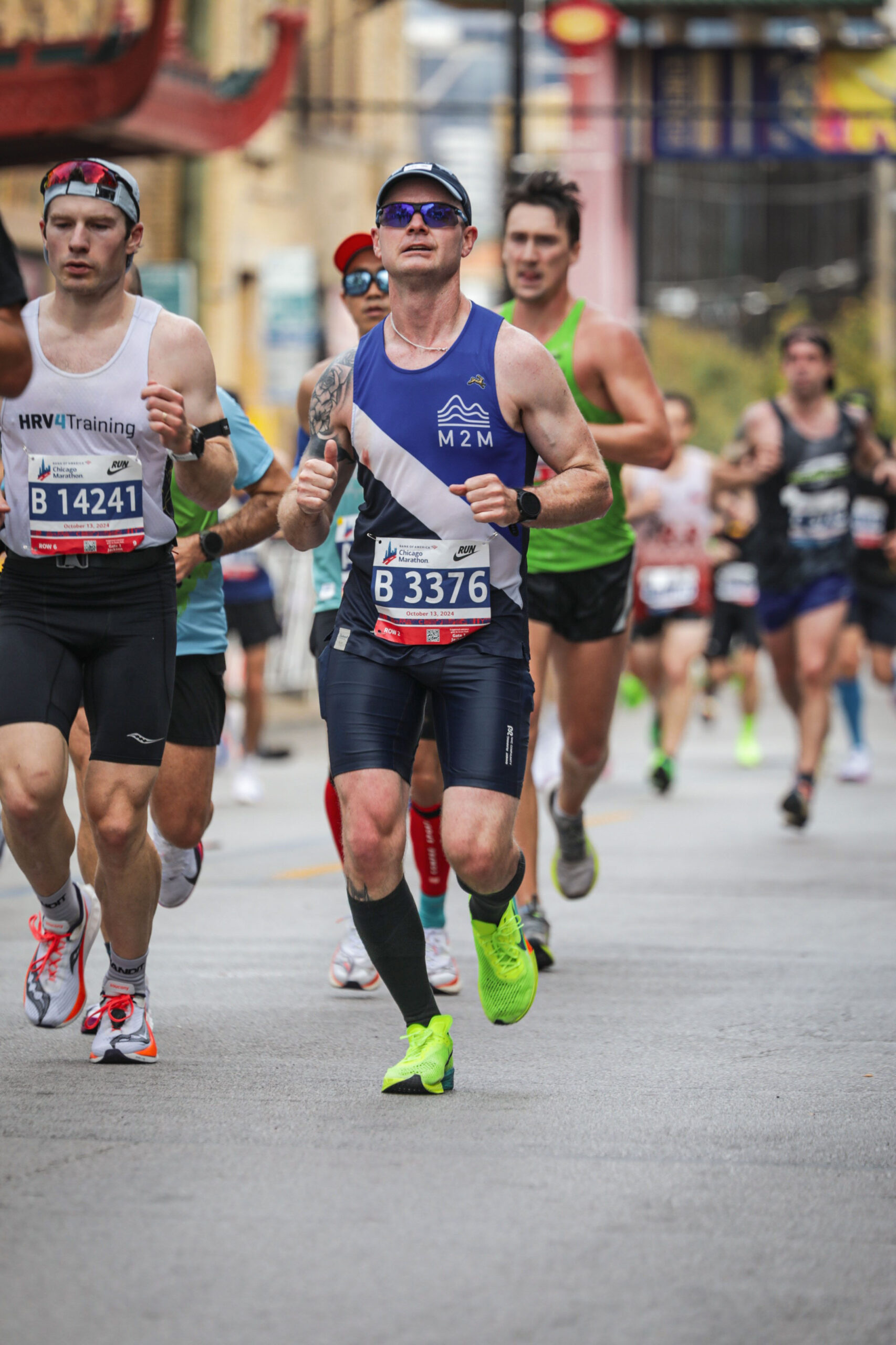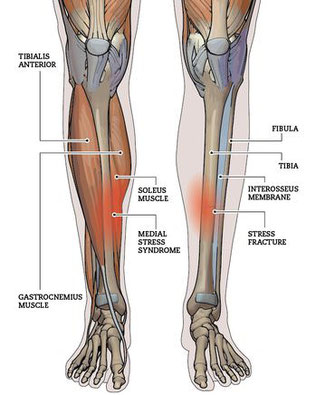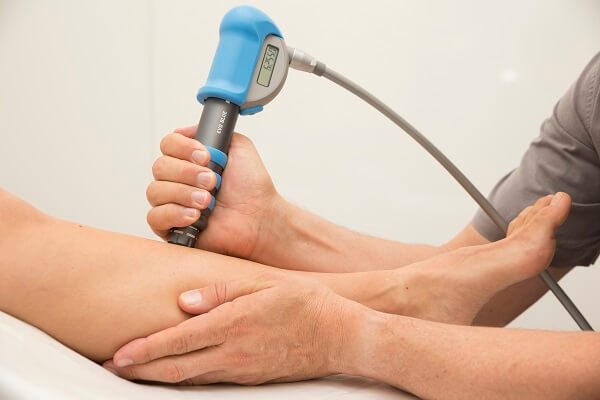As some of you might already know, last fall I had the privilege of running in the Chicago Marathon. As with every marathon, this event pushed my body to the limits and I was left with some significant soreness. Having had a 10+ year history of left hip pain (which I have often neglected), it was no surprise that this hip pain revealed itself both during and after the marathon. What was surprising was that although Chicago is a relatively flat course, the hip pain was worse and longer lasting than it had been with any of my other marathons.
I took my typical 5-6 days off running after Chicago, and when I resumed that left hip continued to remind me that it was still there. After a few weeks of relatively easy runs, my newly hired coach started to give me some runs with some little “pick-ups” in them. Although my legs didn’t feel quite ready to push, I decided to persevere and integrated some speed into these sessions. My hip didn’t enjoy the reintegration of speed and was starting to look like it was going to be a real impediment to my progress. And just when I thought that my hip wasn’t ever going to go back to its normal baseline it started to settle down.
At the same time that my hip started to settle down, I began to notice some “tightness” in my left lower leg. Like any good runner (ignore for the moment that I’m also a physiotherapist), I decided to ignore these signs and continue to build up my running. Unfortunately, after ignoring these signs for a few weeks, I came to realize that this unfamiliar tightness that I was experiencing was actually my first ever bought of medial tibial stress syndrome or “shin splints” which I suspect was brought on by inadequate recovery after my marathon coupled with the fact that I had altered my gait due to my lingering left hip issue.

What is medial tibial stress syndrome or shin splints?
Medial tibial stress syndrome (shin splints) is an overuse injury often experienced by runners where there is pain experienced during weight bearing activities in the lower third of the medial border of the tibia. There is often periostitis (inflammation of the outer lining of the bone) at the insertion of the tendons of the soleus, tibialis posterior, and the flexor digitorum longus tendons. This injury is considered to be on the continuum of a bone stress injury and if not dealt with properly, can become a stress fracture.

What causes medial tibial stress syndrome or shin splints?
Shin splints are most often caused by a sudden change or “error” in training by runners. The phrase “too much, too soon” is often used when describing the cause of shin splints. Often when analyzing the training of a runner that has developed shin splints, you can see a sudden spike in the activity of that runner. For instance, there might have been a sudden increase in the total weekly volume of distance for that runner, or perhaps even a day where they ran much further than they typically do. It could also be a change in the number of “hard effort” runs that they have in a week (personal note: this is likely also a factor in my own personal battle with shin splints as I went from one hard session a week in previous blocks of training to now two). Shin splints might also develop when there is a change in running surface (such as a sudden transition from the treadmill to the road) and with an inadequate transition to new shoes (perhaps more likely if you move to a pair of shoes with less “drop” or “offset” than you are used to).
Other risk factors for developing shin splints include female gender, obesity, excessive navicular drop, genu varum (“bow-legged”), vitamin D deficiency, hip and ankle range of motion.

What are the best ways to treat shin splints?
Like most running related injuries, there is no one treatment that works for everyone. The first factor to consider is how acute and/or irritable the injury is. If the injury has just started (for example is less than 14 days since onset) or is extremely irritable, it might be necessary to stop running altogether for a period of time and instead focus on non-painful forms of cross-training for at least a week or two.
It is important to try to determine the root of the running related injury. Was there a sudden spike in running distance or intensity? If so, bring these errors to the attention of the runner for future reference. Are they in appropriate footwear or was this a contributing factor? Do they have excessive weakness in associated muscles or tightness in other muscles that are contributing? These are just a few of the potential causes of shin splints that our physiotherapists at South Simcoe Physiotherapy might need to further investigate.
If you are seeing a qualified health professional for your shin splints (such as a physiotherapist), they should conduct a gait analysis/running analysis to determine if your gait is a contributing factor to your injury. Do you have a dynamic knee valgus? Is there early or excessive pronation (pronation is not a bad word, we all have to pronate during gait but there are cases of early or excessive pronation that might need to be addressed)? Do they have excessive vertical oscillation? These are just a few of the things our therapists at South Simcoe Physiotherapy would look for during your running analysis.
To address the symptoms of shin splints, some useful tools that I have found have helped me and my patients along the way include shockwave therapy, acupuncture and dry needling, and instrument assisted soft tissue release (aka “scraping”). These can all be helpful to reduce the soreness in the shin area but should not be stand-alone treatments. Our physiotherapists and chiropractor at South Simcoe Physiotherapy offer all of these useful treatment techniques to our patients.

Crucial not only to addressing the symptoms of shin splints, but also to build up the strength to prevent the constant aggravation of this injury, is strength training. First, your physiotherapist must determine what muscles it is that are causing the issue and if there is weakness or tightness in these muscles. If weakness is present, a combination of strength exercises using isometric, concentric, and eccentric strength exercises can help not only reduce the pain immediately, but also prepare you to be able to run in the future. In my case I used a combination of weighted heel raise exercises (with a bent knee) to strengthen my soleus muscles, as well as a theraband exercise where I used an isometric hold at the end of ankle plantar flexion and inversion to address tibialis posterior weakness.
The final piece is a graduated return to run program. You will need to ensure that you are seeing a physiotherapist who is experienced in treating runners and has experience creating those plans such as our team at South Simcoe Physiotherapy. You may need to reduce your mileage, reduce the number of days that you’re running (or potentially even increased the number of days while reducing total mileage if you can believe it!), change the running surface (running on a treadmill or a trail can sometimes be helpful to reduce the impact of the surface), and potentially change your gait. Targeted shoe prescription might also be necessary including the potential use (short term in all likelihood) of a “stability” shoe or perhaps even an orthotic.
Shin splints or medial tibial stress syndrome is a common running related injury that can be caused by multiple factors including improper running form, a sudden change in running frequency or intensity, and many types of muscle imbalances. A proper assessment by a qualified physiotherapist including gait analysis, biomechanical analysis, and a look at your training plan is critical to your recovery. There are useful physiotherapy modalities that can be used for symptom management, but these techniques should only be one part of a much more comprehensive management plan. If left untreated, shin splints can develop into a bone stress injury or even a fracture.
If you believe that you might be suffering from shin splints or another running related injury, reach out to one of our running related injury experts at South Simcoe Physiotherapy in Alliston and Tottenham.
